Research Summary
Personal Statement
My long-term goal is to initiate and lead meaningful research projects that can routinely generate clinical translation and commercial enterprises, hence benefiting medicine and society, and I currently do this through nurturing and mentoring the next generation of Biomedical Engineers (164 trainees to date) at Johns Hopkins while collaborating with Hopkins neurosurgeons on their ideas. What keeps me awake in the middle of the night is the anticipation of the next great scientific idea, and the next collaboration with clinicians, leading to a new generation of inventions, prototype developments, industrial partnerships, FDA approvals and market sales, thereby saving patients’ lives on a global caliber, in addition to creating jobs, thereby helping the local community. Biomedical engineers are poised to make unparalleled impact and save lives by inventing devices that can help millions of patients worldwide, and I am committed to fulfilling that role! My interests and expertise are in the following areas: physics of acoustics, as well as design and fabrication of novel image-guided interventions (primarily ultrasound imaging, and most recently therapeutic ultrasound), with a passion for clinical translation and quality assurance for patient safety. My clinical research interests and involvement since my Ph.D. have been primarily on minimally invasive approaches in the areas of neurosurgery, specifically in brain and spine. Having founded a company based on my Ph.D. studies (Spinesonics Medical Inc.), currently leading another entrepreneurial initiative to develop a focused ultrasound device (for which we have already raised over $250K), and closely mentoring close to 40 design projects in affiliation with the Center for Bioengineering Innovation and Design (CBID) and the JHU BME undergraduate design program, our department's remarkable record for clinically driven research and innovation deeply resonate with me. In particular, this department offers exceptional access to medical and engineering resources, and I have fully leveraged that in my collaborations with the Departments of Surgery and Radiology, and the Armstrong Institute for Patient Safety.
Mission Statement
(1) To bring novel medical devices into the neurosurgical world by exploring innovative designs; (2) scholarship through communicating the findings to the world; and (3) training the next generation of biomedical engineers, passionate about changing the paradigm of brain and spinal cord injury treatments.
Lab
Lab Website: HEPIUS Lab
Technology Expertise Keywords
Medical Device Design; Ultrasound; Neurosurgery; Spine
Selected Publications
View all on PubMed
Bechtold R, Tselepidakis N, Garlow B, Glaister S, Zhu W, Liu R, Szwec A, Tandon A, Buono Z, Pitingolo J, Madalo C, Ferrara I, Shale C, Benassi T, Belzberg M, Gorelick N, Hwang B, Coles G, Tyler B, Suk I, Huang J, Brem H, and Manbachi A “Minimizing cotton retention in neurosurgical procedures: which imaging modality can help?”, Proc. SPIE, Medical Imaging 2020: Biomedical Applications in Molecular, Structural, and Functional Imaging, 1131704; https://doi.org/10.1117/12.2548847
Aghabaglou F, Ainechi A, Abramson H, Curry EJ, Kaovasia TP, Kamal S, Acord M, Mahapatra S, Pustavoitau A, Smith B, Azadi J, Son JK, Suk I, Theodore N, Tyler BM, Manbachi A. Ultrasound monitoring of microcirculation: an original study from the laboratory bench to the clinic. Microcirculation (New York, NY: 1994) 2022 May 24:e12770. https://doi.org/10.1111/micc.12770
Abramson HG, Curry EJ, Mess G, Thombre R, Kempski-Leadingham KM, Mistry S, Somanathan S, Roy L, Abu-Bonsrah N, Coles G, Doloff JC, Brem H, Theodore N, Huang J and Manbachi A (2022) Automatic detection of foreign body objects in neurosurgery using a deep learning approach on intraoperative ultrasound images: From animal models to first in-human testing. Front. Surg. 9:1040066. doi: 10.3389/fsurg.2022.1040066
Tsehay Y, Zeng Y, Weber-Levine C, Awosika T, Kerensky M, Hersh AM, Ou Z, Jiang K, Bhimreddy M, Bauer SJ, Theodore JN, Quiroz VM, Suk I, Alomari S, Sun J, Tong S, Thakor NJ, Doloff JC, Theodore N, Manbachi A. (2023) Low-Intensity Pulsed Ultrasound Neuromodulation of a Rodent's Spinal Cord Suppresses Motor Evoked Potentials, IEEE Transactions on Biomedical Engineering, doi: 10.1109/TBME.2022.3233345
Thombre R, Mess G, Kempski Leadingham KM, Kapoor S, Hersh A, Acord M, Kaovasia T, Theodore N, Tyler B and Manbachi A (2023) Towards standardization of the parameters for opening the blood–brain barrier with focused ultrasound to treat glioblastoma multiforme: A systematic review of the devices, animal models, and therapeutic compounds used in rodent tumor models. Front. Oncol. 12:1072780. doi: 10.3389/fonc.2022.1072780
Patents
Flexible control and guidance of minimally invasive focused ultrasound
Patent # WO2018160657A1 | 02/28/2017
An embodiment in accordance with the present invention provides a transducer design for minimally invasive focused ultrasound (MIFU). The present invention allows flexible control of a focused ultrasound wave using mechanical and electrical control. The transducer array is implemented on a flexible substrate that can be mechanically controlled through two or more physical configurations. As with conventional electronic "steering," the transducer elements can be controlled electronically to provide adjustable focus of the ultrasound. The combination of mechanical and electronic control provides the device a very flexible method for delivering focused ultrasound. The invention also includes a design that allows integration of ultrasound and endoscopic image guidance. The ultrasound guidance includes anatomical visualization and functional imaging (e.g. blood flow and coagulation of vasculature). The ultrasound imaging transducer is used for thermometry within the region of interest for treatment. Endoscopic imaging allows for improved understanding of tip location in real-time.
Ultrasonic signal processing for bone sonography
Patent # WO2014186903A1 | 05/24/2013
This invention relates to methods and devices for use in ultrasound imaging. Ultrasonic methods, systems and low-frequency annular transducer array devices for bone image guidance, particularly during spinal fusion surgery and the process of pedicle screw insertion are provided.
Ultrasonic array for bone sonography
Patent # WO2014186903A1 | 04/25/2013
This invention relates to methods and devices for use in ultrasound imaging. Ultrasonic methods, systems and low-frequency annular transducer array devices for bone image guidance, particularly during spinal fusion surgery and the process of pedicle screw insertion are provided.
Monitoring and treatment of injuries using wearable devices
Patent # US patent WO2022076510A1 | 04/14/2022
Cranial implant devices, systems, and related methods
Patent # US patent WO2021050843A1 | 03/18/2021

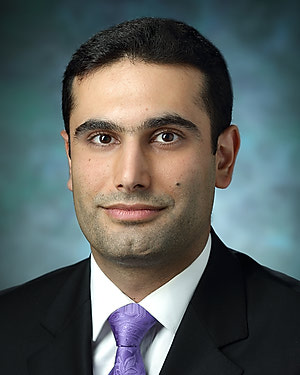
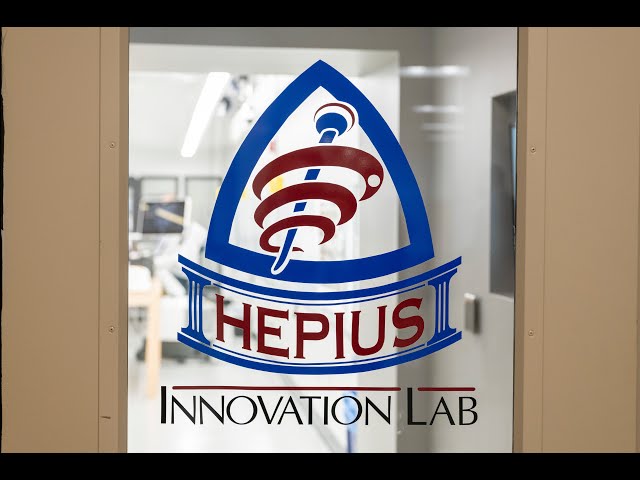
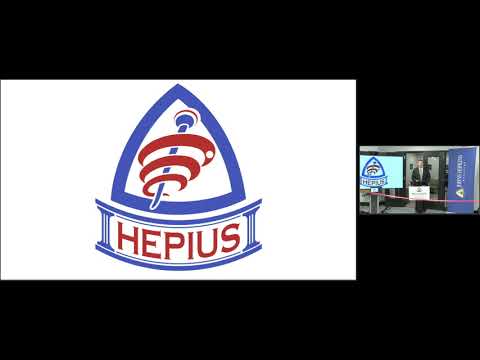
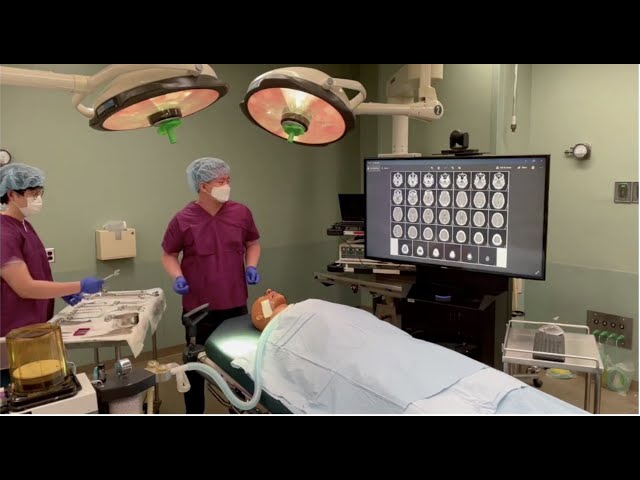



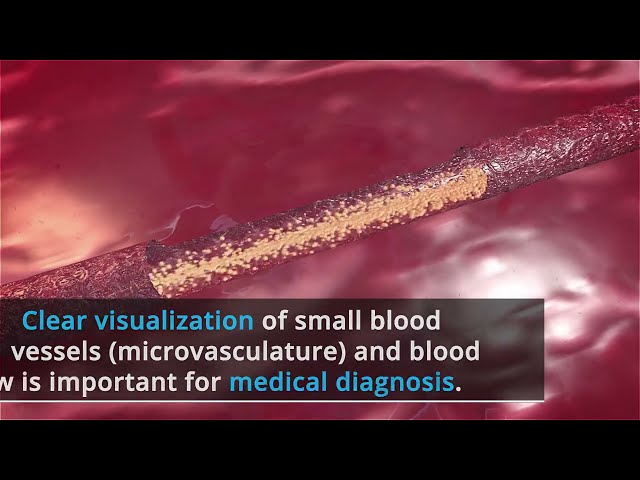
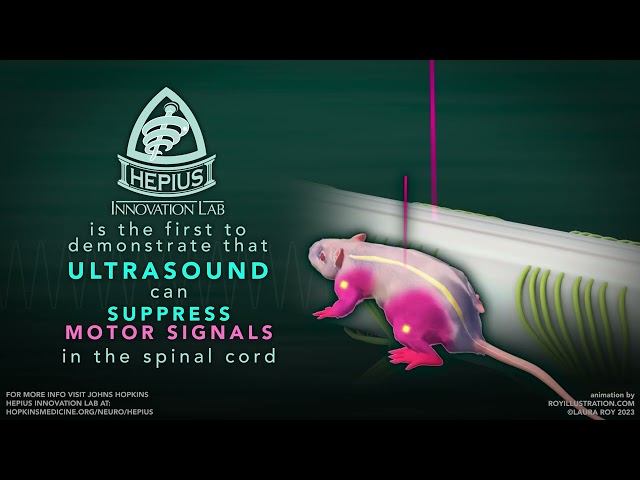
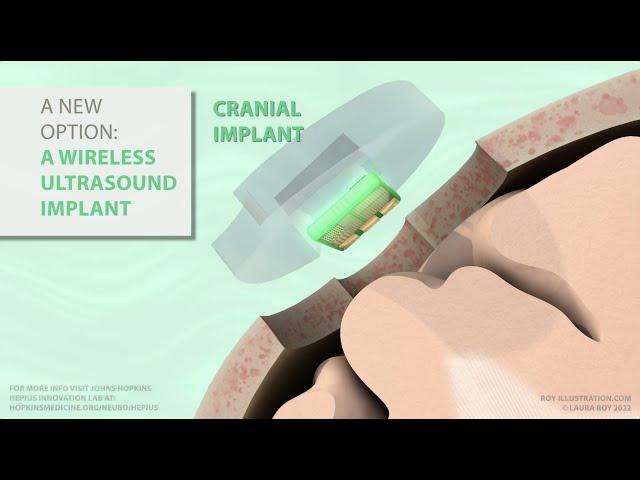
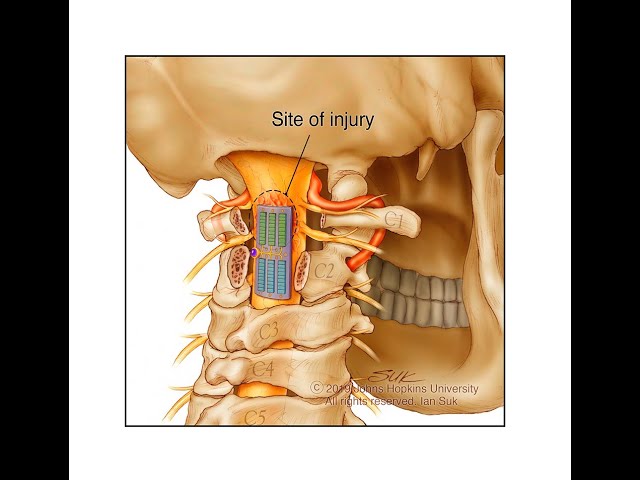
Patient Ratings & Comments
The Patient Rating score is an average of all responses to physician related questions on the national CG-CAHPS Medical Practice patient experience survey through Press Ganey. Responses are measured on a scale of 1 to 5, with 5 being the best score. Comments are also gathered from our CG-CAHPS Medical Practice Survey through Press Ganey and displayed in their entirety. Patients are de-identified for confidentiality and patient privacy.